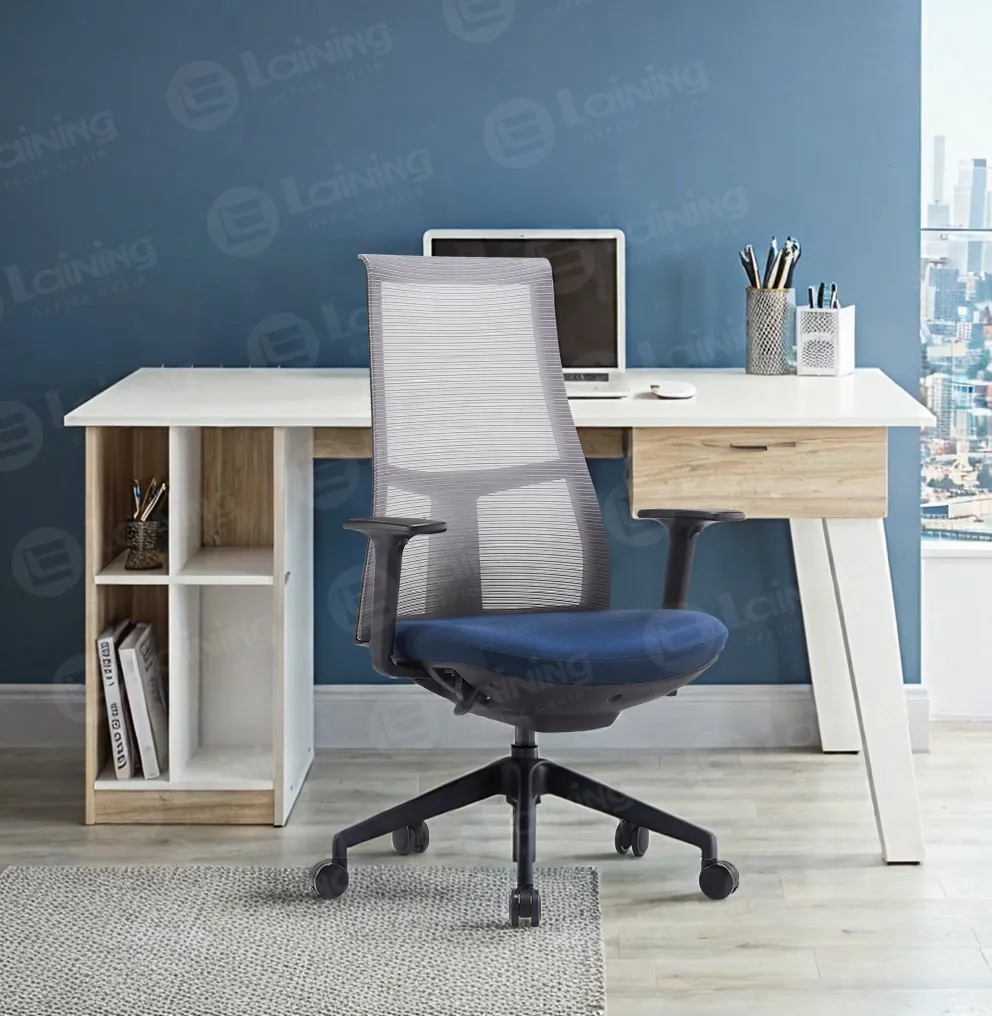Training Table and Chair Selection and Maintenance Guide: Creating an Effective and Sustainable Learning Environment
Discover how to choose, maintain, and maximize the benefits of training tables and chairs for a more effective and sustainable learning environment.

Maintenance and Care for Training Tables and Chairs
Proper maintenance is essential to extend the lifespan of your training tables and chairs. Regular cleaning with mild detergents and soft cloths can prevent dirt buildup and maintain the furniture's appearance. For training chairs, ensure that the adjustable parts are lubricated and functioning smoothly. Inspect the metal frames for any signs of wear and replace damaged parts promptly. By following these simple steps, you can ensure that your training furniture remains in optimal condition for years to come.
Health Benefits of Training Tables and Chairs
The right training tables and chairs can significantly enhance the learning experience by promoting good posture and reducing physical strain. Ergonomically designed training chairs with adjustable heights and backrests help prevent back and neck pain, while stable training tables provide a comfortable surface for writing and using electronic devices. By investing in high-quality, ergonomic furniture, you can create a healthier and more productive training environment.
Selecting the Right Size for Training Tables and Chairs
Choosing the correct size for training tables and chairs is crucial for comfort and functionality. Standard training chairs should have a seat height that allows users to sit with their feet flat on the floor and knees at a 90-degree angle. The training tables should be at a height that allows users to write or use a computer without straining their neck or shoulders. Adjustable-height options are ideal for accommodating different user heights and ensuring optimal comfort for all.
The Environmental Impact of Training Tables and Chairs
Modern training tables and chairs are increasingly designed with sustainability in mind. Many manufacturers use eco-friendly materials such as recycled plastics, sustainable wood, and non-toxic finishes to reduce the environmental impact. These materials not only help protect the planet but also create a healthier indoor environment for users. By choosing furniture made from sustainable materials, you can contribute to a greener future while maintaining a high-quality training space.
Training Tables and Chairs FAQs
What Is the Average Lifespan of Training Tables and Chairs?
The average lifespan of training tables and chairs can vary from 5 to 10 years, depending on the quality of materials and construction. Regular maintenance and proper care can significantly extend their longevity.
How Can You Ensure Training Tables and Chairs Meet Ergonomic Standards?
To ensure that training tables and chairs meet ergonomic standards, look for adjustable features such as seat height, backrest angle, and table height. These adjustments allow users to customize the furniture to their body dimensions, promoting better posture and reducing strain.
What Are the Standard Dimensions for Training Tables and Chairs?
Standard dimensions for training chairs include a seat height range of 16-21 inches, while training tables typically have a height of 29-30 inches. However, adjustable options are recommended to accommodate different user heights and ensure optimal comfort.
What Eco-Friendly Materials Are Used in Training Tables and Chairs?
Eco-friendly materials used in training tables and chairs include recycled plastics, sustainable wood, and non-toxic finishes. These materials help reduce the environmental impact and create a healthier indoor environment.
Why Are Eco-Friendly Materials Increasingly Used in Training Tables and Chairs?
Eco-friendly materials are increasingly used in training tables and chairs to reduce environmental impact and promote sustainability. These materials help minimize waste, conserve natural resources, and create a healthier environment for users.
Thank you for reading our comprehensive guide on training tables and chairs. We hope this article has provided you with valuable insights into the features, benefits, and selection tips for these essential pieces of training furniture. Happy shopping!
share:
-
Comfortable Meeting Room Chairs: Ergonomic Seating Solutions for Global WorkspacesNewsNov.25,2025
-
Chairs Meeting Room: The Ultimate Guide to Choosing Ergonomic, Sustainable SeatingNewsNov.24,2025
-
The Global Appeal and Practical Benefits of Blue Meeting Room Chairs | Laining GlobalNewsNov.23,2025
-
Black Meeting Room Chairs: Durable, Ergonomic & Stylish Seating for Modern WorkspacesNewsNov.23,2025
-
Stackable Meeting Room Chairs - Durable, Efficient & Space-Saving SolutionsNewsNov.22,2025
-
Office Meeting Room Chairs – Comfort, Durability & Sustainability in Modern OfficesNewsNov.22,2025
-
Choosing the Best Office Chairs for Meeting Rooms: Comfort Meets StyleNewsNov.22,2025









